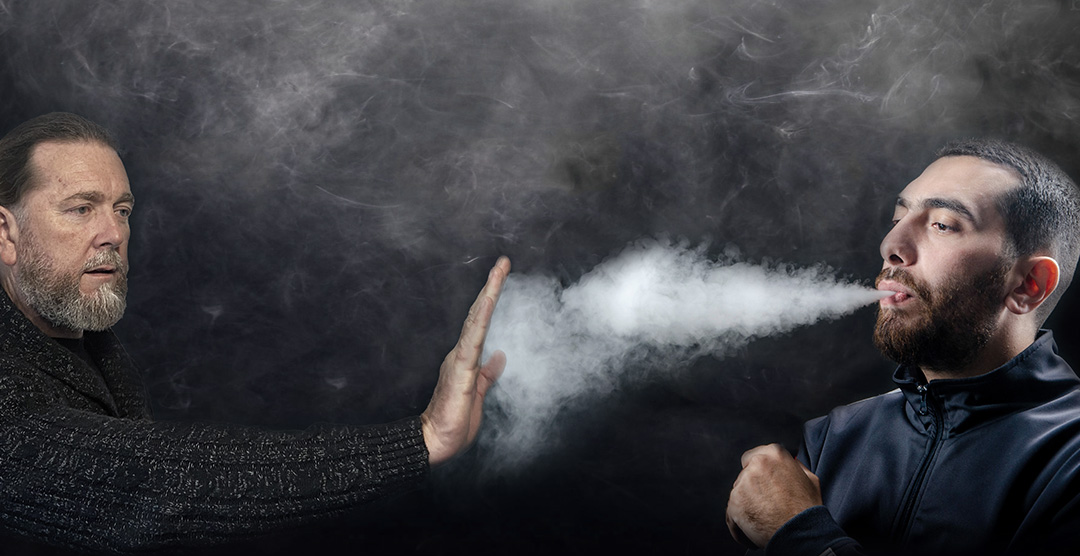
Now that we’ve entered 2022, you’re no doubt thinking of New Year’s resolutions that will help you become healthier over the coming months.
Perhaps you’re considering giving up cigarettes as your New Year’s resolution. But what are the best ways of doing this, and how can you avoid relapsing?
Here are some top tips from Michael Gregory, an addiction specialist and founder of the True Quit stop-smoking programme.
1) Conduct these activities
While your lungs will heal themselves once you quit smoking, you can speed up this process by getting regular exercise, keeping away from second-hand smoke and other toxins, coughing, drinking green tea and hot drinks, undergoing steam therapy, and eating anti-inflammatory foods.
2) Go for CT scans and get vaccinated
For anyone who has smoked cigarettes, their lungs are typically weaker than the lungs of non-smokers. Although your lungs will eventually become stronger after you quit smoking, this doesn’t simply happen overnight. To keep track of the health of your lungs, you should consider going for regular CT scans. Because smokers are more vulnerable to covid-19, you should also think about getting vaccinated to protect yourself from catching the virus and becoming seriously ill.
3) Keep motivated
Smoking cessation isn’t easy, and lots of ex-smokers relapse after giving up cigarettes. Ensuring you’re constantly motivated to continue your smoking cessation journey and lead a healthier life is key to avoiding relapse. Simple things like reminding yourself why you gave up cigarettes in the first place, attending stop-smoking support groups, and involving loved ones in your journey can really help with smoking cessation.
4) Avoid alcohol
Many ex-smokers relapse when they drink alcoholic drinks, so it’s a good idea to avoid these if you don’t want to spiral out of control and begin smoking again.
5) Tackle stress
Emotions like stress, anxiety, and anger can also result in ex-smokers relapsing. If you’re experiencing any stress and have recently given up smoking, finding ways to control it is paramount. Remedies for relieving stress include speaking to mental health professionals, visiting family and friends, having a relaxing soak in the bath, taking a walk, journaling your thoughts, and many more.
6) Invest in laser therapy
An excellent medical treatment to eliminate the physical cravings of smoking addiction is cold, low-level laser therapy. Research shows that it can help the body produce more endorphins to make physical cravings less intense. This can be sustained for up to two weeks.
7) Retrain your brain
Traditional interventions like nicotine patches, gums, and willpower aren’t effective at eliminating the mental cravings of smoking addiction. This is something I’m trying to change at True Quit. Through daily 10-minute videos and 30-second techniques, True Quit teaches people how to retrain their brains to fight the mental cravings of smoking. These techniques require zero willpower and can be used over and over again.
8) Remember that everyone is different
While there are plenty of treatments for people affected by smoking addiction, an important thing to remember is that what works for one person may not be effective for someone else. Choosing the right addiction treatment will depend on personal preferences, characteristics, and experiences.
